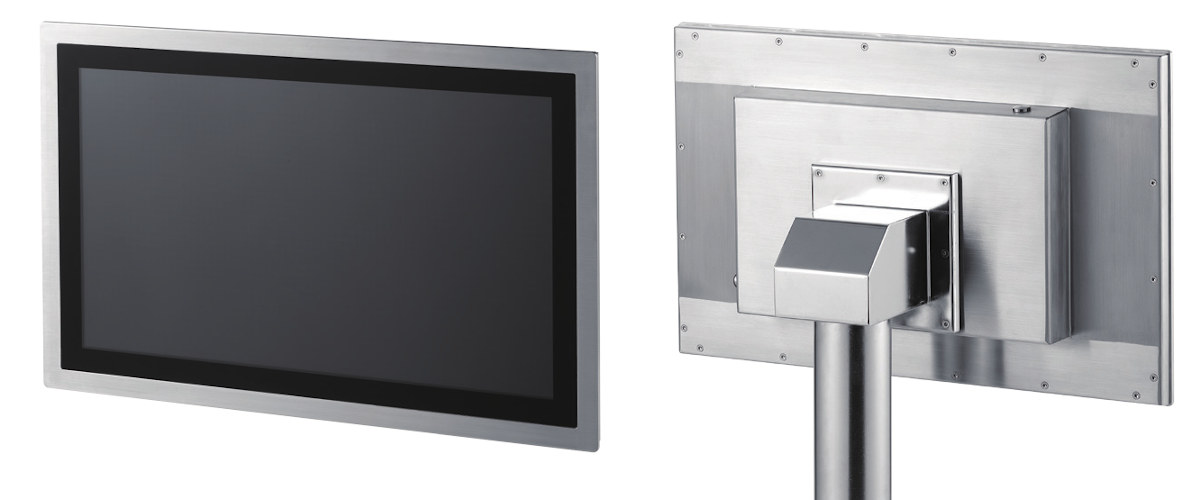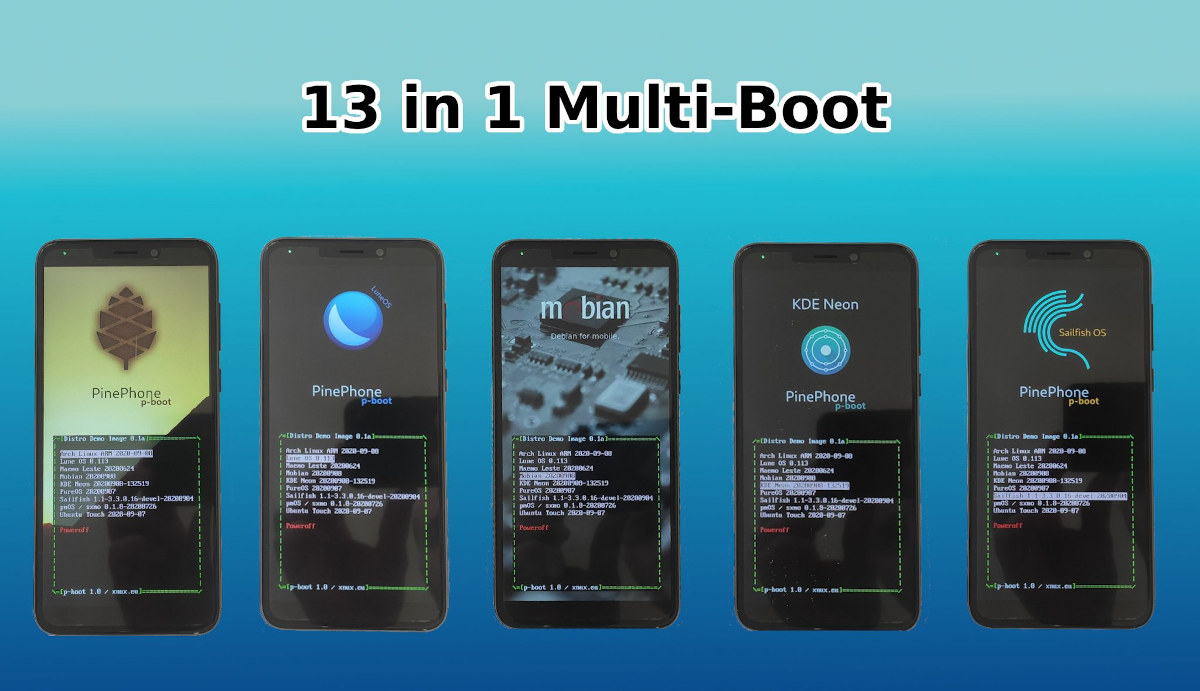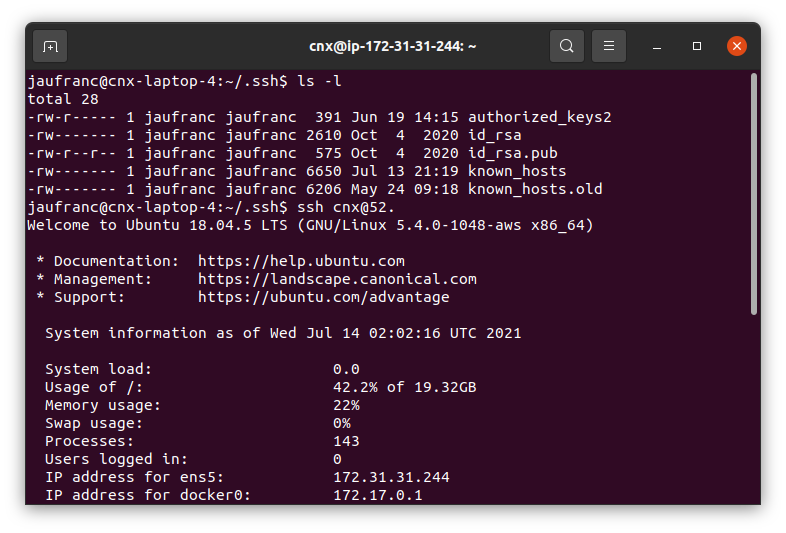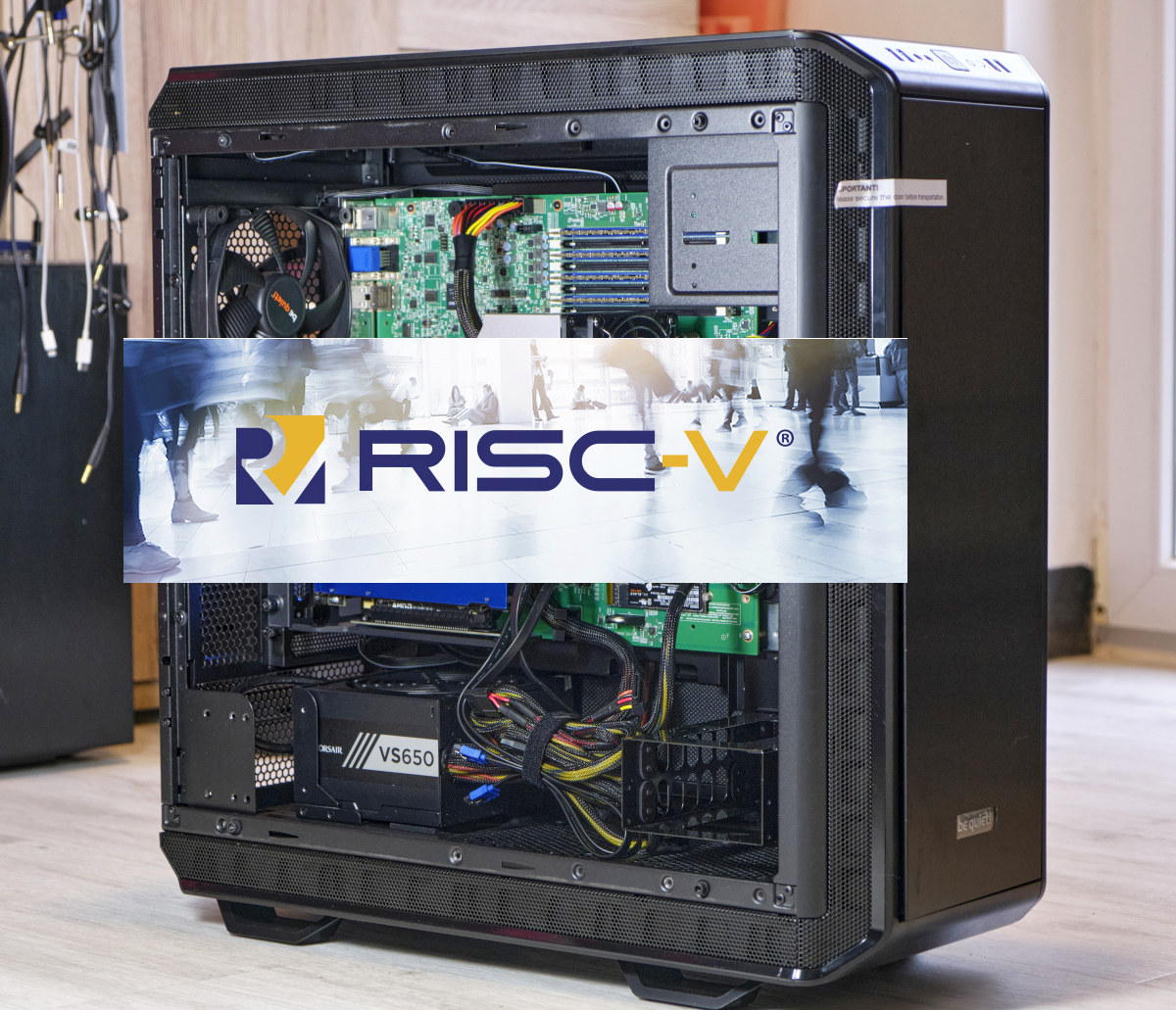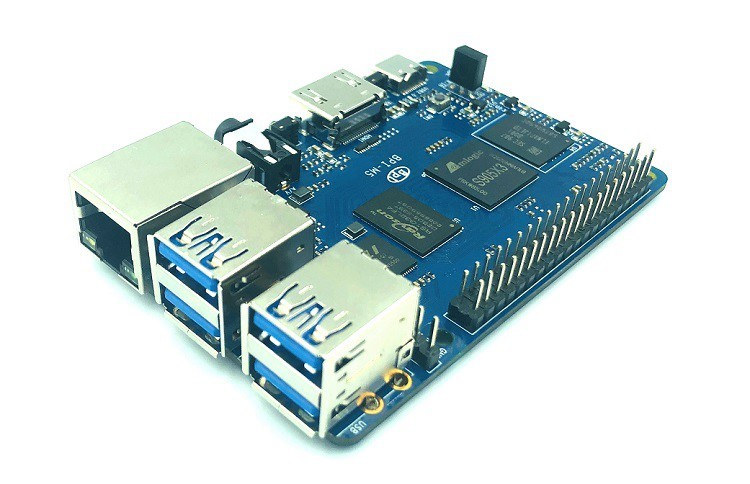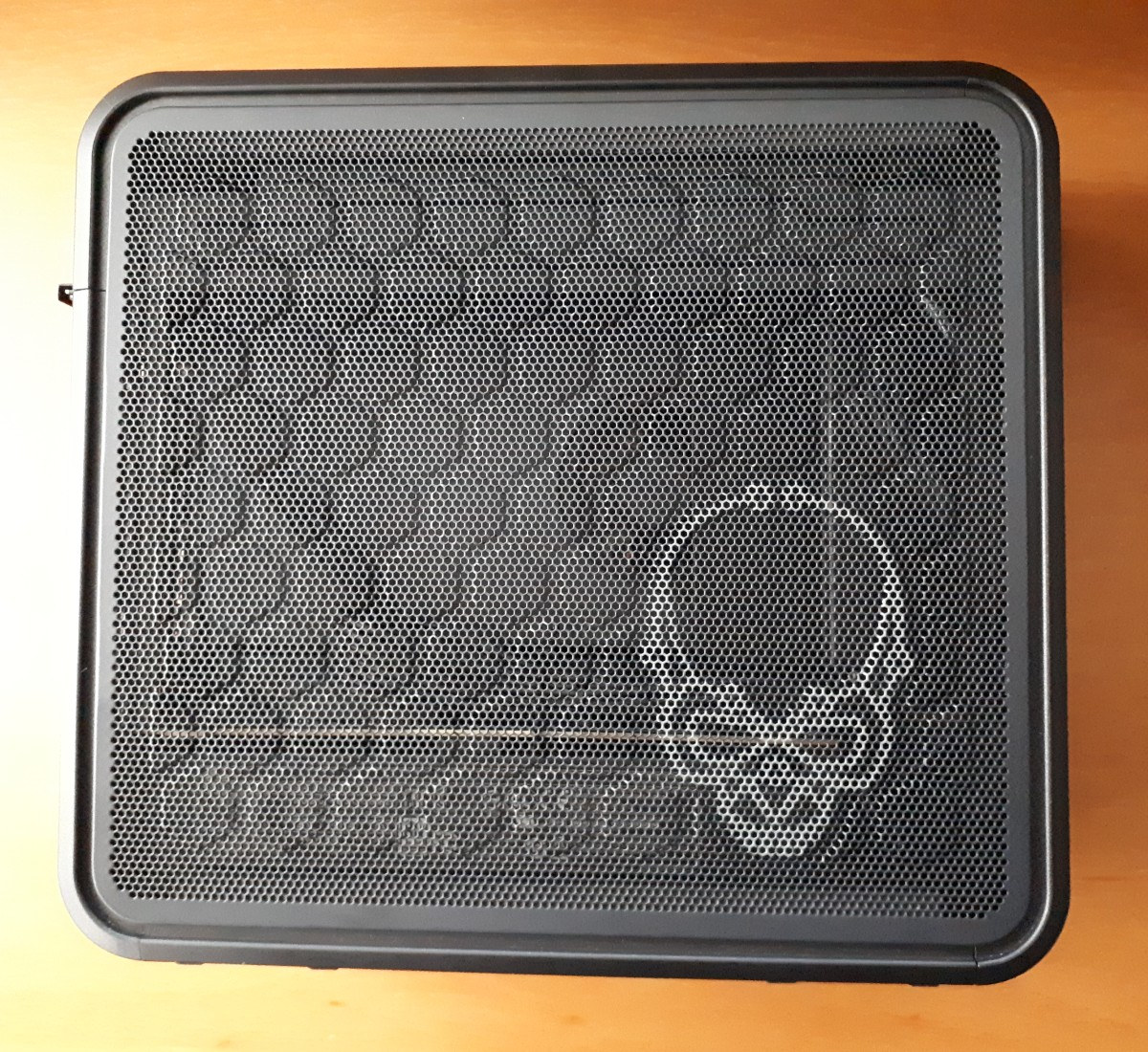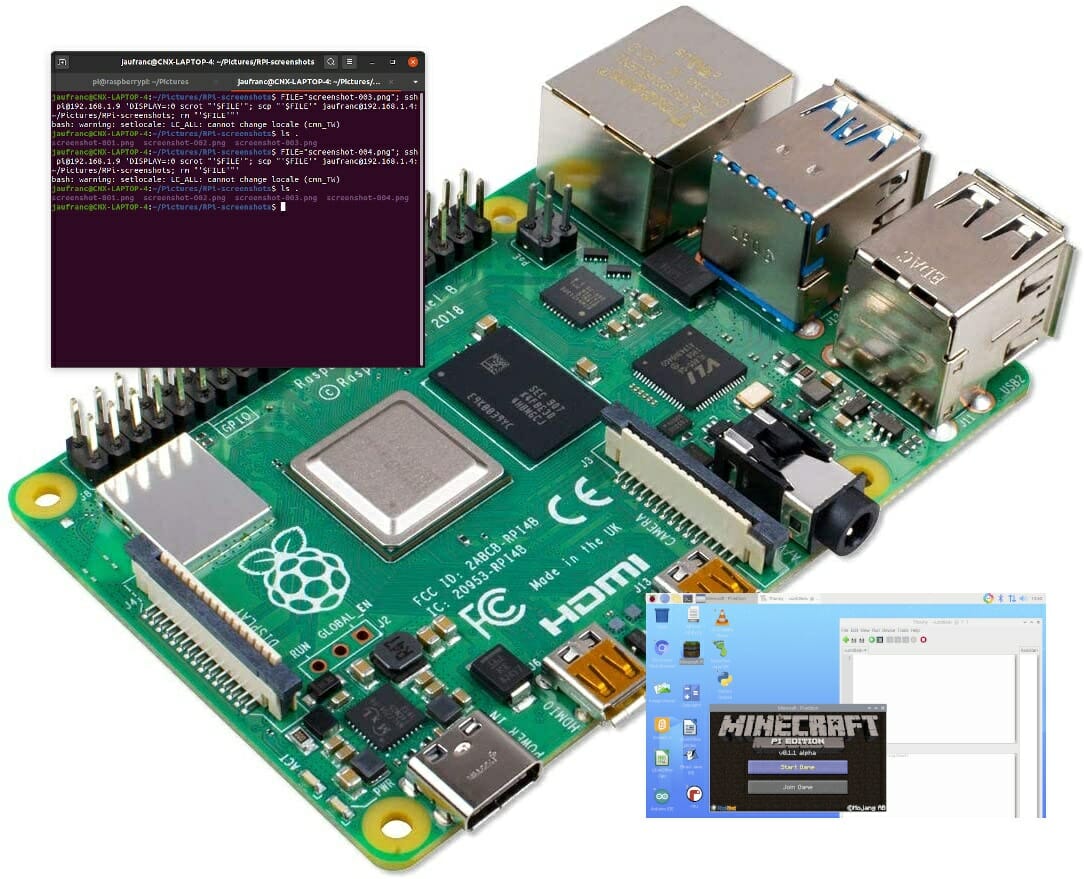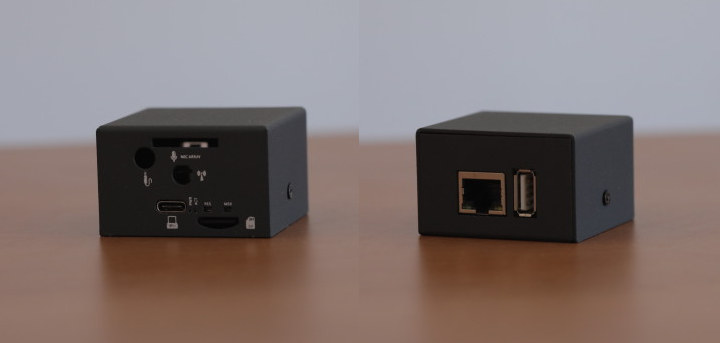There are already several industrial dust and waterproof panel PCs on the market, but with its Intel Apollo Lake powered Titan-AL Series, ADLINK goes a step further with IP69K-rated stainless steel panel PCs that provide resistance against corrosion from all sort of chemicals. Titan-AL series panel PCs can be washed with high-pressure water or steam to meet high-hygiene standards required in special production environments including food, pharmaceutical, and chemical production. ADLINK Titan-AL series panel PC specifications: SoC – Intel Atom x7-E3950 quad-core Apollo Lake processor @ 1.60 GHz / 2.00 GHz (Boost) with Intel HD Graphics 505; 12W TDP System Memory – 4GB DDR3L default (up to 8GB) Storage – 2.5″ SATA drive bay Available Displays Configurations Titan-15W-AL – 15.6-inch display with 1366 x 768 resolution, optional capacitive touchscreen; viewing angle: 80/80/85/85° (U/D/R/L) Titan-21W-AL – 21.5-inch display with 1920 x 1080 resolution, optional capacitive touchscreen; viewing angle: 89° in all […]
Pinephone Multiboot Image Boots 13 Different Linux Distributions
You’ve certainly heard about dual-boot systems with Windows and Linux, and possibly about triple-boot systems with an extra OS like Chromium OS or Android, but pine64’s forum user Megous has gone much further with a multiboot image for Pinephone able to boot 13 different Linux distributions! You’d think the image would occupy a lot of space on the device, but since all 13 distributions share the same Linux 5.9 kernel, all 13 operating systems fit on the internal eMMC flash or a MicroSD card with 8GB or greater capacity. The image is based on the p-boot bootloader allowing you to select the distribution of your choice and supports all PinePhones from the Braveheart Edition to the most recent revisions with 3GB RAM and 32GB storage. So what Linux distributions are supported by the multiboot image exactly? Here’s the list: Arch Linux Arm 2020-09-08 Lune OS 0.113 Maemo Leste 20200906 Mobian […]
No password SSH – Login to a SSH server with private/public keys
If you often need to establish SSH connections to a server, entering the password each time may be a hassle or even a non-starter. For example, in our case, we use ssh connections in our nightly build scripts, so obviously entering a password would not be an option here… So it can be useful to configure the server and your client to accept secure ssh connection without the need to enter a password. What must be done, then, is to generate a public/private key pair, and copy the public part into the appropriate place on the server side. For doing this, on the user’s home directory, on the client machine, type:
|
1 |
local> ssh-keygen -t rsa -f ~/.ssh/id_rsa |
-t tells the type of encryption -f tells where to store the public/private key pairs. In this case, the .ssh directory in the home directory is being used A password will be asked; leave this part blank, just […]
SiFive to Debut RISC-V PC for Developers based on Freedom U740 next-gen SoC
In recent years, people have discussed the need to have Arm-based PCs or workstations for developers to work directly on the target hardware, and there are now several options including SynQuacer E-Series 24-Core Arm PC, Ampere eMAG 64bit Arm Workstation, and HoneyComb LX2K 16-core Arm Workstation. Now it appears we’ll soon get something similar for RISC-V architecture with SiFive to debut the first RISC-V PC for developers at the Linley Fall Processor Conference 2020 taking place on October 20-22 and October 27-29. The PC will be powered by Freedom U740 next-generation RISC-V processor that will also be introduced at the event. We have very few details about this point in time, but the company points the SiFive Freedom U740 (FU740) SoC will enable professional developers to create RISC-V applications from bare-metal to Linux-based. The processor is said to combines a heterogeneous mix+match core complex with modern PC expansion capabilities, which […]
Banana Pi BPI-M5 Amlogic S905X3 SBC coming soon
Banana Pi BPI-M5 is an Amlogic S905X3 SBC following the Raspberry Pi form factor, and that is pretty similar to Hardkernel ODROID-C4 launched earlier this year with the same quad-core Cortex-A55 processor. BPI-M5 comes with 4GB LPDDR4 RAM, 16GB eMMC flash, and offers four USB 3.0 ports, one Gigabit Ethernet port, and on HDMI 2.1 output port for 4K/8K video output. Banana Pi BPI-M5 preliminary specifications: SoC – Amlogic S905X3 quad-core Cortex-A55 processor @ up to 2.0 GHz with Mali-G31 MP2 GPU @ 650Mhz System Memory – 4GB LPDDR4 Storage – 16GB eMMC flash (option up to 64GB), MicroSD slot up to 2TB Video Output – HDMI 2.1 up to 4Kp60 with HDR, CEC, EDID Audio – 3.5mm audio jack, digital HDMI audio Connectivity – Gigabit Ethernet USB – 4x USB 3.0 ports via VL817 hub controller, 1x USB-C port (for power only?) Expansion – 40-pin Raspberry Pi header with […]
Intel NUC 9 Extreme “Ghost Canyon” Kit – NUC9i9QNX Review
I’ve previously written about Intel’s (relatively) new NUC 9 range of mini PCs and now I am following up with my experiences of having bought one. Whilst I’ll cover some performance metrics from both Windows and Ubuntu I’ll also discuss the benefits and drawbacks of using either OS together with a comparison of gaming, thermals, and power usage as well as a brief look at overclocking potential and implications together with highlighting the issues encountered. NUC9i9QNX Hardware Overview The model I purchased and will be reviewing here is the NUC9i9QNX from Intel’s Ghost Canyon lineup and is formally known as the Intel NUC 9 Extreme Kit – NUC9i9QNX. It contains a “Compute Element” with an i9-9980HK which is an eight-core 16-thread 2.40 GHz processor boosting to 5.00 GHz with Intel’s UHD Graphics 630. The full specifications of the NUC9i9QNX include: The NUC9i9QNX is sold as a kit which essentially means […]
How to Take a Remote Screenshot in Raspberry Pi over SSH
I recently reviewed a Raspberry Pi 4 laptop with a custom interface that made it impractical to take screenshots directly on the device. So instead I had to take screenshots remotely over SSH. It’s quite easy to do. Most of the steps can be reproduced in other Linux systems, and are not specific to Raspberry Pi. Enable SSH in Raspberry Pi First, enable SSH either with sudo raspi-config in a terminal window and selecting 5. Interface Options, then P2 SSH… If for some reason, you don’t have access to the terminal, take out the MicroSD card from the Raspberry Pi board, and from a computer create a new empty file named “ssh” in the boot partition. Now provided you have the username and password for your board, you can connect to SSH with the IP address from a terminal:
|
1 |
ssh <username>@<ip_address> |
or a program like Putty. Taking a screenshot remotely You’re […]
AAWireless Enables Wireless Android Auto on Android 9.0+ Smartphones (Crowdfunding)
Android 11 was just released yesterday with wireless Android Auto support removing the need to use a cable between your phone and a car running Android Auto. That’s great if you have a phone that got upgraded to Android 11, but what about people with older smartphones or people equipped with a wired Android Auto infotainment system? AAWireless offers a solution for phones running Android 9.0 or greater as a plug & play USB device that allows the use of a WiFi connection instead of a USB cable. Emil Borconi-Szedressy started the project in 2018 with the AAGateway app allowing you to use an auxiliary (slave) device to connect your existing Android Auto compatible car to your phone (master) using a hotspot created on your phone. This is not ideal since should need a spare Android phone to run the slave device. AAWireless removes this need as Emil ported the […]

